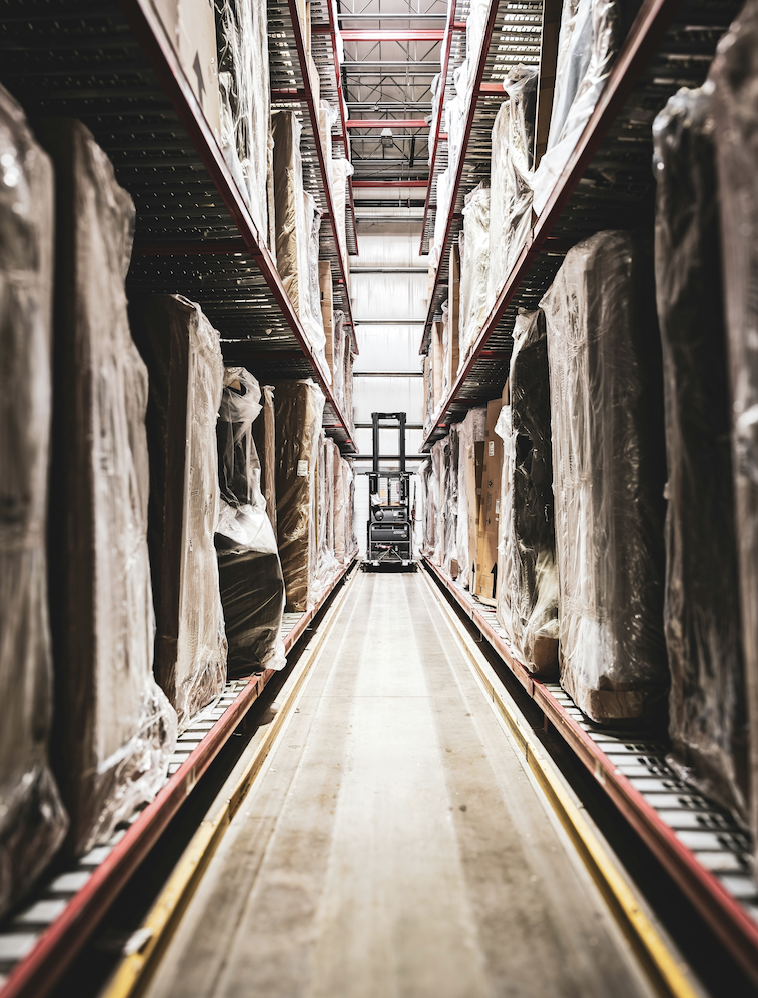Carbon neutrality is no longer a distant objective. In Europe, the Green Deal sets a target of reducing greenhouse gas emissions by 55% by 2030, with increasing pressure on high-emission sectors such as transport and logistics. For retail and supply chain companies, reaching these goals means transforming procurement, storage, and forecasting models today.
Cut Emissions at the Source With Smarter Forecasting
More accurate sales forecasting helps align supply with actual demand—limiting excess inventory, unnecessary deliveries, and unsold goods. A 20% improvement in forecast accuracy can lead to up to a 10% reduction in logistics-related emissions.
Inventory management thus becomes an environmental lever: less overstock means less warehouse space, less waste, and fewer flows to manage. Artificial intelligence enables real-time adjustment of minimum and safety stock levels while improving product turnover.
Optimize Logistics to Reduce the Carbon Footprint
Logistics optimization plays a central role in emissions reduction. In Europe, nearly 25% of transport-related emissions come from B2B logistics (source: Eurostat). Better organizing flows—reducing empty miles, consolidating deliveries, and optimizing routes—helps cut both emissions and costs.
Some companies now combine dynamic forecasting with multi-warehouse coordination to streamline logistics operations.
Rethink Performance Indicators
Non-financial reporting is becoming mandatory for many businesses. Integrating carbon metrics into logistics and commercial dashboards enables companies to manage both economic and environmental performance. Tools like margin simulators now include CO₂ impact in purchase and replenishment decisions.
Achieving carbon neutrality by 2030 won’t happen in five years—it starts within the next twelve months. Every forecast, stock, and logistics adjustment made today helps align business strategy with ecological transition. And far from being a constraint, this transformation can become a real competitive advantage for the most agile players.
Our articles
Own your operations with AI Intelligence























